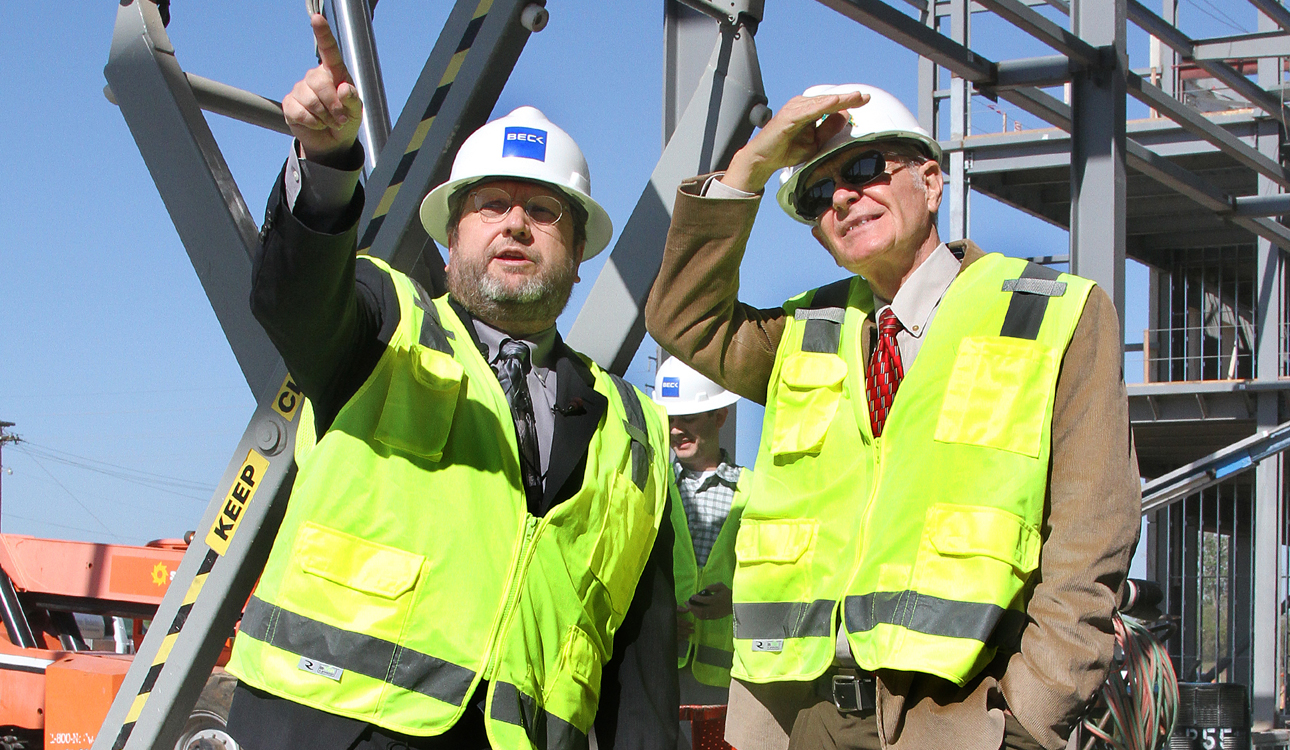
School of education departments to colocate in renovated Marrs McLean Science Building
By Daniel C. Houston
Staff Writer
The Baylor Board of Regents approved an ambitious set of capital investments at its Homecoming meeting today, including the construction of a new $70 million east-campus student housing and dining complex.
The regents also committed to funding Phase 2 of construction for the Baylor Research and Innovation Collaborative (BRIC) and expanding academic space for faculty and students in the Marrs McLean Science Building. The total cost of the new capital improvements will be $120 million and will be funded by selling bonds.
The bulk of the approved funding will go toward building the East Village Residential Community, which will house 700 students in two separate residence halls and include a new dining hall. These facilities will be home to the Engineering and Computer Science Residential College and a new Science and Health Living-Learning Center, according to Dr. Kevin Jackson, vice president for student life.
“I am very excited for the students of Baylor University,” Jackson said. “This is going to be an outstanding residential community that has been designed to meet their needs based on a broad range of input. … It’s going to create a signature residential facility on the east side of campus around which the campus will be extended into the future based on the university’s master plan.”
Construction for East Village will begin in March. The facility will be open to students in August 2013.
Students who live in East Village, Jackson said, will have access to the existing East Campus Parking Garage, a parking facility currently two blocks away from the nearest academic buildings. The garage has a capacity of more than 900 parking spaces but sits mostly empty during peak parking hours on class days.
“That is an under-utilized parking garage,” Jackson said, “so this gives us an opportunity to build right next to it and have that opportunity available for our students.”
The board also discussed a first draft of President Ken Starr’s strategic plan, which will go public in December and could include “the creation of an arts district and the construction of an on-campus football facility,” according to a university press release.
Starr’s plan will follow and build upon the Baylor 2012 initiative approved during the presidency of Robert Sloan, which called for, among other imperatives, making Baylor a more residential campus; attracting a world-class, research-oriented faculty; and achieving a $2 billion endowment.
Baylor’s endowment stood at just more than $1 billion in May, according to a university financial statement.
Phase 2 of the BRIC facility construction will begin the process of filling in 45,000 square feet of academic and laboratory space once the exterior of the facility is completed.
“We are excited about the Baylor Board of Regents approving funding for Phase 2 of the BRIC and the timeline it establishes,” Dr. Truell Hyde, vice provost for research, said in a university press release. “This will allow Baylor to build the laboratory space needed for university research.”
The regents also signed off on $23 million in renovations to Marrs McLean Science Building, which will significantly upgrade the amount of academic space available to faculty and students. The school of education and several of its departments will relocate to the renovated building upon completion of the construction.
Starr and Buddy Jones, chair of the board of regents, were not available for comment Friday afternoon.





